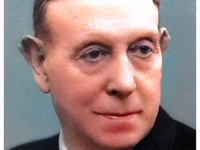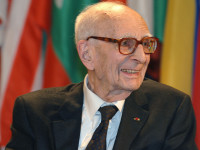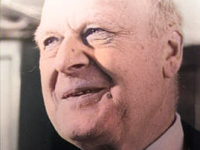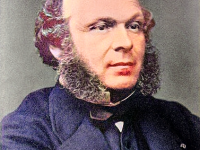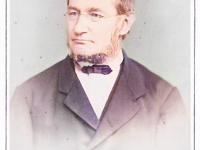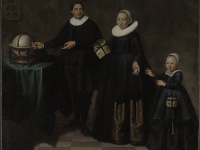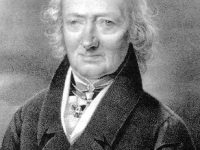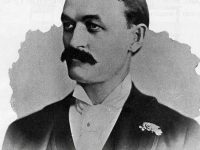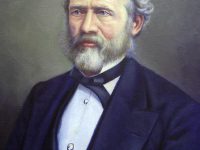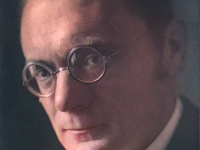António Egas Moniz and the Cerebral Angiography
On November 29, 1879, Portuguese neurologist António Egas Moniz was born. He is reknown as the developer of cerebral angiography. Moniz is regarded as one of the founders of modern psychosurgery, having developed the surgical procedure leucotomy — known better today as lobotomy — for which he became the first Portuguese national to receive a Nobel Prize in 1949 shared with Walter Rudolf Hess. António Egas Moniz – Early Years António Moniz was…
Read more











